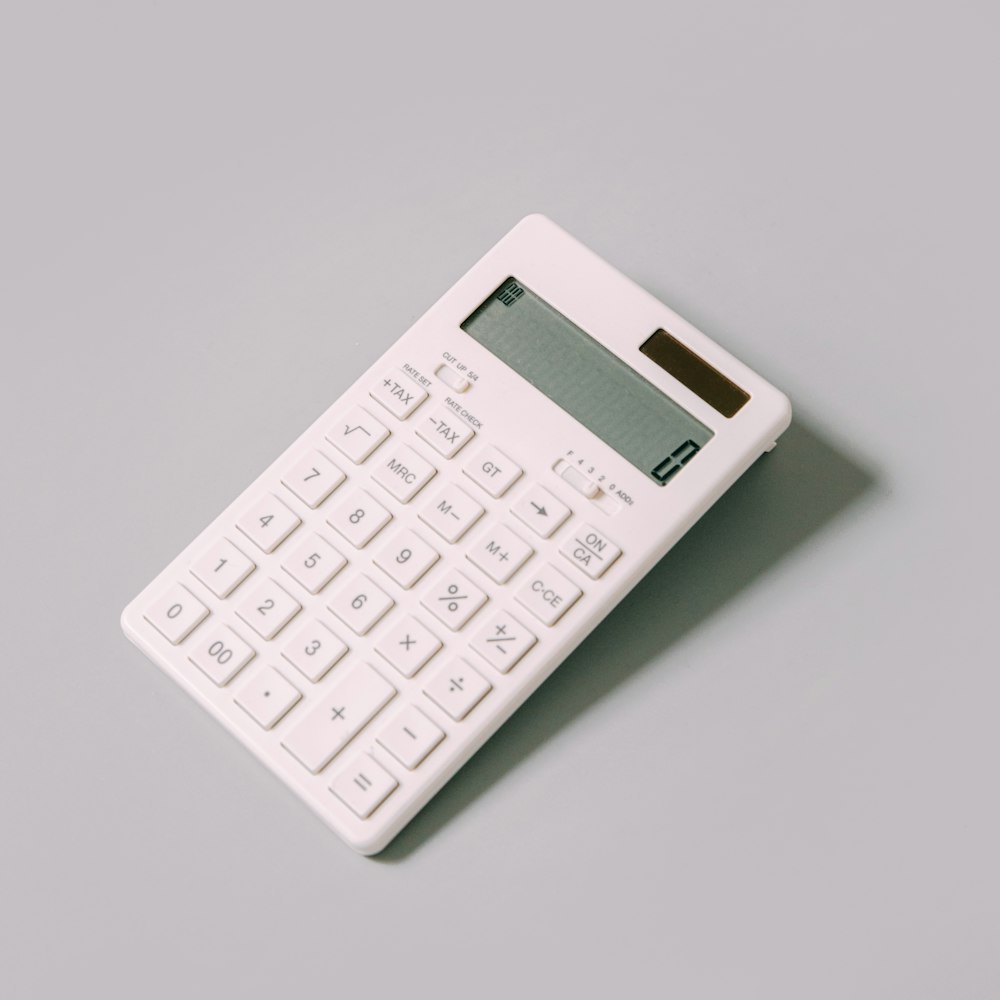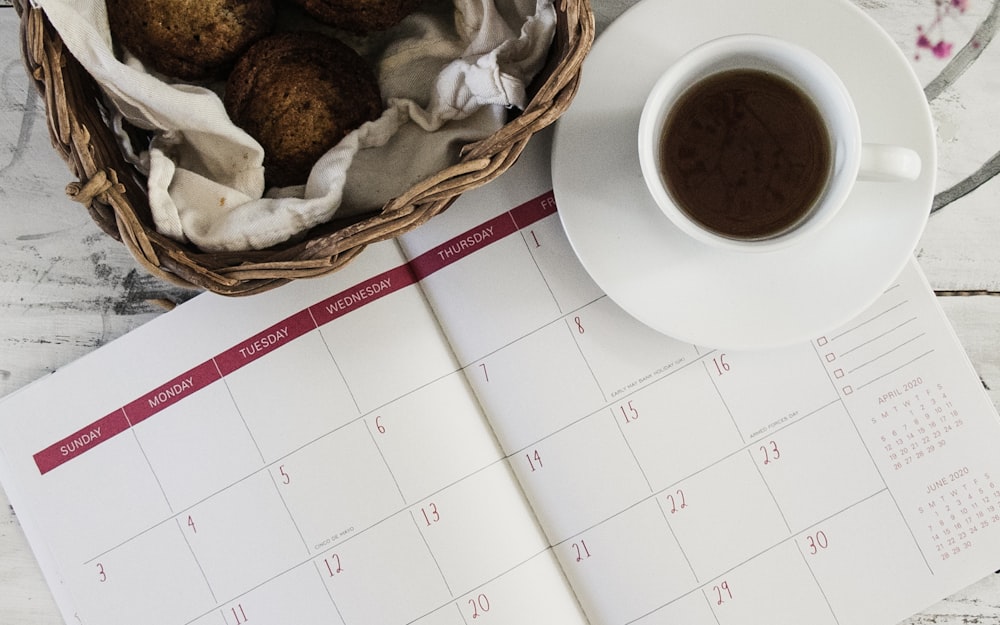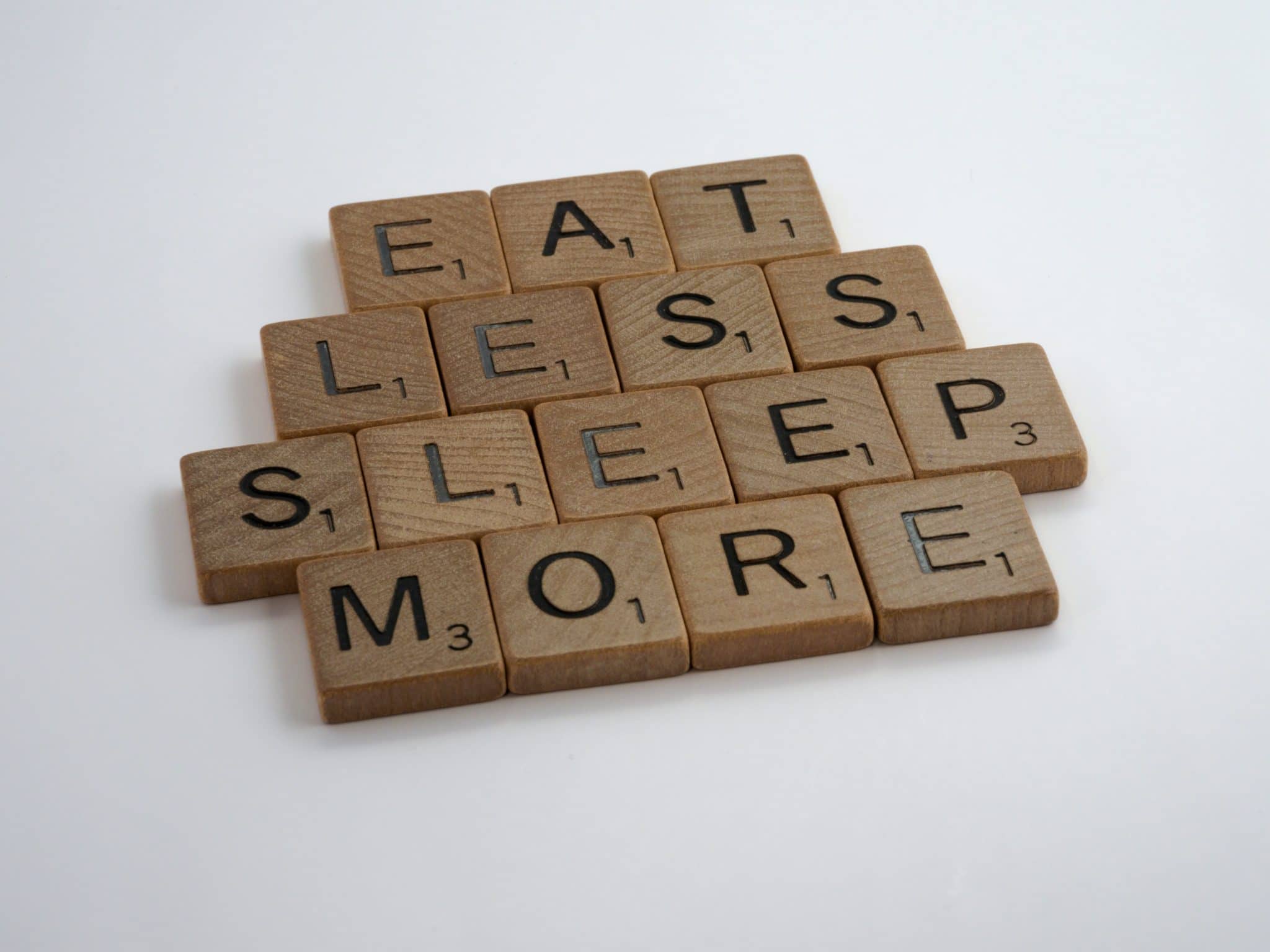How many pounds can you lose in a year? The answer to this question is not as straightforward as it may seem. There are many factors that contribute to weight loss, including your diet and exercise routine.
Calculate the number of pounds you want to lose per week.
To start your weight loss journey you will first, need to calculate how many pounds per week you want to lose. Here’s an example of what your plan might look like if you wanted to lose 20 lbs within a year:
Weekly weight loss goal = (20 lb / 52 weeks) x 0.4479 = 0.9947 lb/week
This would mean that you’d lose about 0.99 lbs per week on average or 19.92 lbs within a year. You can use the same formula to calculate weekly weight loss goals for any number of pounds lost over time – just make sure your result is in kg/wk!
If you prefer not to do the math yourself, you can use an online calculator to figure out how to drop that excess weight.

Figure out how many calories you need every day.
The next step is to figure out how many calories you need every day. The best way to do this is by using a calorie calculator, but if that’s not an option for you, just remember the following equation: Your daily caloric intake should be about 500 kcal less than your total daily energy expenditure (TDEE). There are several online calculators that will help you determine your TDEE by asking for some basic information (such as weight and height).
After determining how many calories you need every day, make sure to eat a nutritionally balanced diet. This means not only counting calories but also ensuring that your meals include enough protein, healthy fats and complex carbs — all of which help you feel full and stay energized throughout the day.
When losing weight, it’s important to make sure not only that your caloric intake is less than what you burn each day, but also that you are getting enough nutrients (vitamins and minerals). This will help you lose weight fast but this is not the way for rapid weight loss.

Use a calorie counting app or website to track what you eat for a few weeks.
If you’re not sure how many calories are in the foods that you eat, track what you eat for a few weeks using an online calorie counting app or website. This will help give you a better idea of your caloric intake and whether it’s enough to meet your weight loss goals. Once again, make sure to be mindful about eating nutritionally balanced meals.
When you use a calorie counting app or website, look for one that uses the following criteria:
• It calculates your daily caloric intake by using an algorithm based on what people of similar age and gender burn each day; this is considered to be the most accurate way to determine calories burned (rather than asking users how much they exercise).
• It offers a large food database so you don’t have to manually add the calories of every meal and snack or search for new foods all the time.
• You can easily scan barcodes on packaged products, which makes it easier to see how many calories are in your favourite snacks.
After tracking what you eat for a few weeks, you can determine where most of your calories come from and whether there are certain foods that contribute more to your daily caloric intake than others.
If you do not want to use an online tracker you can put it all down in a food diary.
What food should you be eating?
Losing weight is not easy but it’s a lot easier to lose weight if you stick to this next tip.
If you’ve been eating a lot of foods that are high in fat or sugar, make an effort to replace those with healthier options. For example:
• Instead of soda and fruit juice, drink water flavoured with lemon or lime; if you’re still struggling to get your daily recommended amount of fluids (about 64 oz for women and 80 oz for men), try sipping on a cup of hot green tea throughout the day.
• Instead of munching on potato chips, reach for an apple or pear; if you’re craving something sweet after dinner, eat half a frozen banana drizzled with peanut butter instead of ice cream.

What are some healthy breakfast options?
If you’re looking for healthy breakfast options, try making some oatmeal (just make sure it’s not the instant kind) or a hard-boiled egg. If you prefer to skip breakfast altogether, just make sure you eat something nutritious before lunch — such as an apple with peanut butter and some carrot sticks dipped in hummus. Losing weight is much easier when you enjoy the food you are eating.

What are some healthy snack options?
When it comes to snacking, try eating carrots and celery instead of chips. If you’re in the mood for something sweet after dinner, reach for a bowl of fresh berries or an unsweetened applesauce cup (just be sure not to eat too much since this will still contribute to your daily caloric intake).
Find ways to be more active throughout the day.
If you’re trying to lose weight, it’s important that not only your caloric intake is less than what you burn each day but also that you get enough nutrients (vitamins and minerals). To ensure this, make an effort to be more active throughout the day.
Some good examples include:
• Taking the stairs instead of the elevator.
• Walking up escalators, instead of riding them.
• Playing with your pets or children outside for at least 30 minutes each day.
When you become more active throughout the day, make sure to also track what types of exercises you do so that you can increase your physical activity level gradually rather than jumping right into an intense workout routine.

Get some sleep!
When you’re lacking sleep, your body will have a more difficult time processing the food that you eat and using it as energy. As a result, unhealthy cravings are more likely to lead you astray — which is why getting at least four hours of shut-eye each night can help promote weight loss.
The most important thing to remember when trying to lose weight is that it’s not an overnight process; rather, it takes time and patience. Don’t get discouraged if you don’t see results right away — just keep working towards your goal by following these tips!

How much exercise do you need?
To lose a pound a week, you need to cut 500 calories from your daily diet. That might mean going for a run after dinner instead of sitting on the couch watching TV or trying out some weight loss recipes that are low in calorie density but high in nutrient content. Or maybe you’ll decide to take on a daily 30-minute walk or bike ride. It’s up to you!
How does your exercise routine fit into the rest of your life? If it doesn’t, find time for it no matter how busy things get. Exercise is as important as sleep and nutrition when it comes to weight loss. You might even try setting a weekly or monthly goal to help you stay motivated.
Processed foods and drinks
When you go grocery shopping, try to stick with healthier options — such as whole grains and fresh produce. Try not to buy junk food or unhealthy beverages (like soda) that’ll only lead you astray when cravings strike.
It’s also important to keep in mind that many “diet” foods are actually worse for you than regular options. For instance, low-fat cookies are often loaded with sugar while diet soda is linked to weight gain since it increases cravings for sweet foods and can also lower your body’s metabolism over time.
When you’re trying to lose weight, avoid processed items if at all possible — especially when eating out! If you do indulge, try to balance it with a healthy meal. For example, instead of getting bacon double cheeseburgers and fries at the drive-through for lunch each day, eat half as much (or less) but make sure you’re eating healthier items like fresh fruit or salads with low-fat dressing options.
Calorie deficit
A calorie deficit occurs when the number of calories you eat in a day is less than the amount of energy your body uses. When this happens, your body will start burning stored fat for fuel since it doesn’t have enough from what you’ve eaten.
In order to lose one pound per week, you’ll need to create a daily 500-calorie deficit. For example, if you eat 2000 calories per day but exercise enough to burn 500 more than that then you’ll lose one pound in seven days.
We have a blog all about this topic. So why not go and have a read!
So how much weight can you lose in a year?
If you follow all of these tips, you could lose around 50 pounds in one year. Of course, this also depends on your starting weight but it’s safe to say that if you put the effort into losing the weight, then there is no reason why you can’t see great results!
Final thoughts
Losing weight is not an overnight process. It takes time and patience, but you can do it! The first step to losing weight is cutting out processed foods from your diet since they are typically high in calories but low in nutrients. When shopping for groceries, try sticking with healthier options like whole grains or fresh produce instead of junk food that’s loaded with sugar or unhealthy beverages (like soda) that lead to cravings when you’re trying to lose weight.







